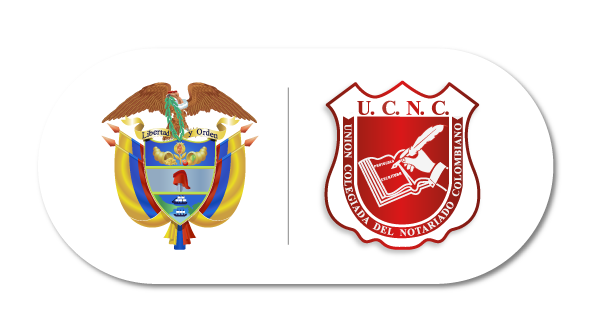Remote onboarding can last from a few weeks to 6 months, depending on the nature of the job and experience of the new hire. For Remote onboarding best practices, most companies usually aim to complete the initial training within two weeks, bringing an end to the process. Providing a virtual mentor for new remote hires helps to give them a head start.
- This gives them access to someone who can always answer questions and make sure they fit well into their new remote teams.
- Someone from HR should also touch base and if your company is small enough, the Director of their department or CEO should take the time to check in, too.
- Although there are definite similarities between the two types of onboarding best practices, there are a few remote-friendly considerations for virtual onboarding.
- Stephen Pedder, HR Director at The Influence Agency, a boutique digital marketing agency with 35 employees, says his organization exposes new hires to the whole company over the first two weeks.
One best practice for evaluating your onboarding process is to gather feedback from new hires and other stakeholders. This feedback can be collected through surveys, one-on-one meetings, or focus groups. To gather useful and actionable feedback, asking specific questions about the onboarding process and the new hire’s experience is important. When communicating the onboarding process to new hires, use clear and concise language. Consider creating a checklist or timeline to help new hires track their progress and stay on top of their tasks. You should also make sure the new hires have access to the right tools and know which video conferencing software or other communication technology is used within the organization.
Remote Onboarding Best Practices You Should Follow In 2023
Searching for a remote onboarding system that fits your needs best can be an overwhelming and daunting process with all of the options available. It can seem like a Goliath task to make onboarding more efficient for your employees, especially if you already have a process that gets the job done. Understanding the “Best Practice” requirements that should be met when planning to onboard employees virtually is a good first step in helping to narrow down your choices. In place for a physical work environment, you can use fun team meetings and video calls to welcome new hires. Be sure to list out the steps new hires need to take to complete the process to ensure they don’t get confused along the way. Also, strive to create informal moments to ensure employees don’t feel isolated.
In addition to planting the seed for building a long-term career at your company, communicating clear goals and measures of success reinforces what kind of work your company values. Creating a great onboarding experience isn’t an easy process, particularly when you have new hires for different job roles. Regardless, you need to focus on providing a seamless process for your employees. Companies with an effective remote onboarding best practices plan are likely to increase revenue growth and profit margin by 2.5 percent and 1.9 percent, respectively. So go ahead and explore what technology has to offer for your virtual onboarding process.
Remote Onboarding Best Practices FAQ
Using an onboarding software designed for remote implementation ensures that things are encrypted and protected from unauthorized access. Many software companies also keep extensive data logs so you can determine if someone accessed something they weren’t supposed to. If you know you’ll struggle with this, look for https://remotemode.net/ an onboarding solution with excellent customer service and easy implementation. Time and technical knowledge shouldn’t be a barrier to get you and your business where you need to go. This eBook discusses what to look for in a remote onboarding system and considerations of how your employees will use that system.
It determines how well individuals fit into the environment at the new job and impacts their performance and ability to develop professional relationships with coworkers. Work culture is a mix of an organization’s traditions, values, leadership, beliefs, behaviors, and attitudes that make up the atmosphere of a workplace environment. If the company isn’t too large, the Department https://remotemode.net/blog/10-best-remote-onboarding-practices-to-adopt/ Director or CEO can also check in on new hires. Most businesses use Advanced Encryption Standard (AES) for securing data as part of their security protocol. This software uses symmetric key encryption, which means the receiver decodes the sender’s data using a key. Your cybersecurity policy can stipulate guidelines to comply with security protocols both at home or during travel.
Start remote onboarding before day one
The first step you can take is to create a guide that explains which tools your company uses and how you use them. The second step, and most critical aspect that should be addressed, is how login credentials are shared. As an HR manager, regular check-ins are essential to know the issues that employees are experiencing and what they’re working on. You have to help them solve problems as they occur without waiting for quarterly or annual performance reviews.
